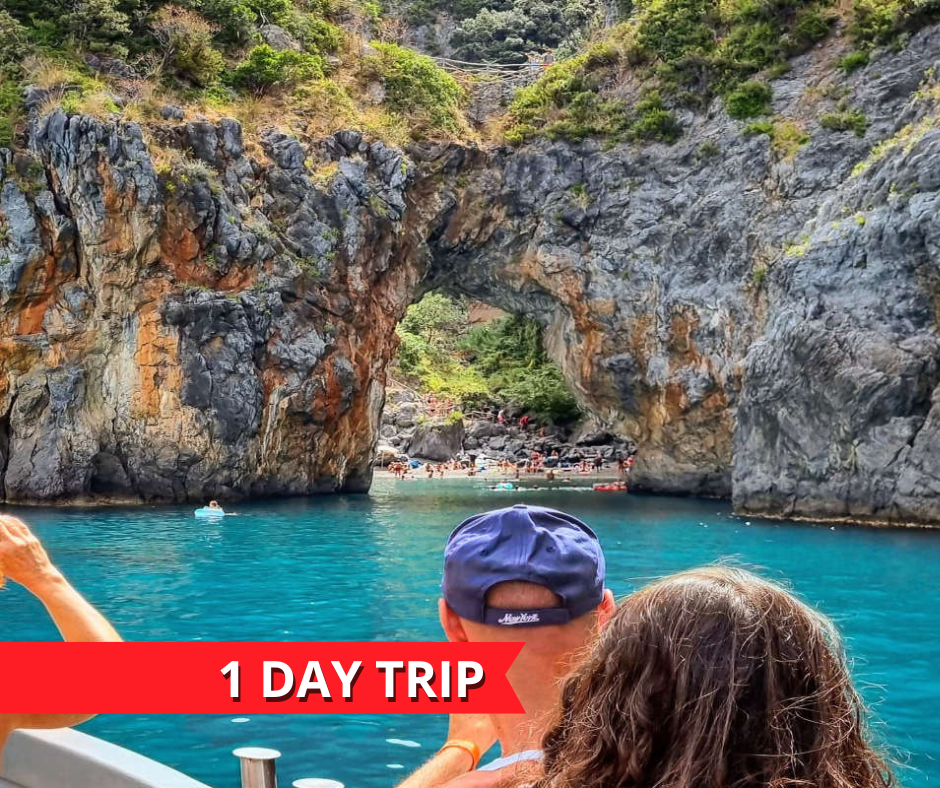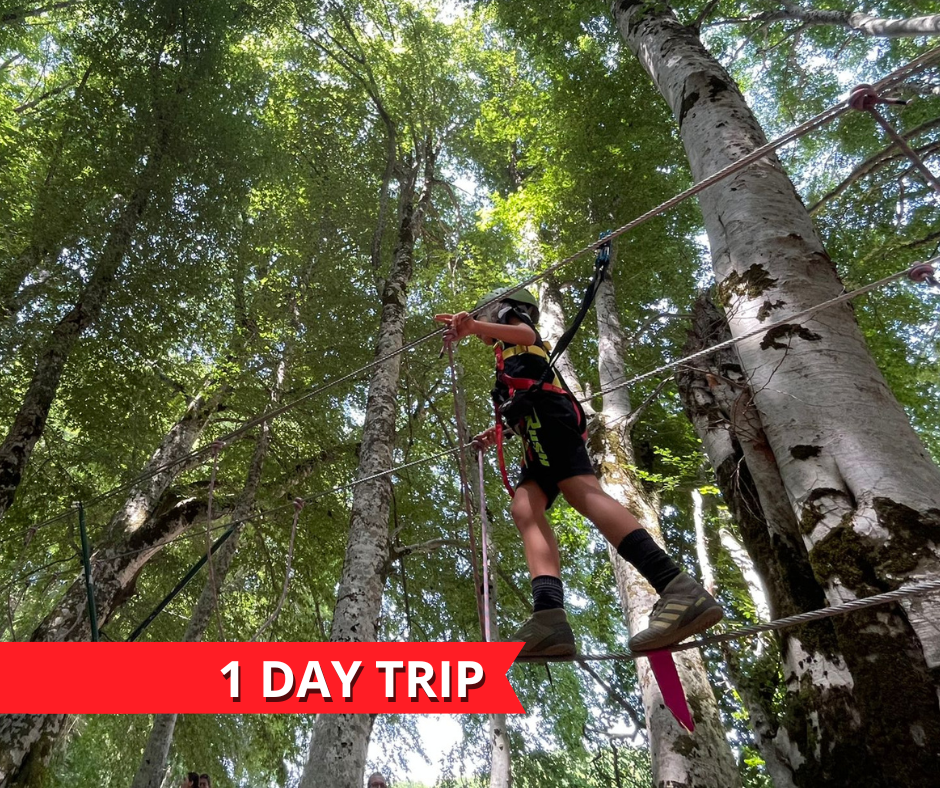"Matera is like an enormous beehive, seemingly solid from the outside, but in reality made up mostly of tunnels, underground passages and caves, sometimes placed one on top of the other to form a single dwelling. If most large cities today aspire to build taller and taller buildings, reflecting our attempts to get closer to the sky, Matera evokes a more primordial need, that of digging into the earth, of finding embrace and protection in it'.
(Michael Cunninghan, Pulitzer Prize)
Matera

Matera is one of the most popular cities in Basilicata. It owes its fame above all to the iconic Sassi (one of the oldest inhabited districts in the world), a Unesco World Heritage Site since 1993: these take the form of majestic 'beehives' carved into the rock, which house dwellings, thousand-year-old churches and ancient buildings. The city of Matera, declared European Capital of Culture 2019, occupies the territory located in the eastern part of Basilicata, along the border with Puglia. Its area is furrowed by the Gravina, a stream flowing through a deep gorge, which divides the two districts (Sasso Barisano and Sasso Caveoso) from the Regional Archaeological, Historical and Natural Park of the Rock Churches, also known as the Park of the Murgia Materana. The territory of Matera has always been a cradle of life, as evidenced by some rock settlements and hunting objects dating back to the Palaeolithic period. A centre known and frequented in the time of the Greeks and then the Romans, in the 8th century it hosted groups of Benedictine and Byzantine monks who inhabited the caves of the Gravina and built the famous rock churches. As the first Italian city to rise up against the Nazi regime, it faced the 'Questione dei Sassi' after the war, which was followed by the eviction of the inhabitants of these districts (districts that were in poor architectural and hygienic conditions) to be moved to a new settlement. It was only in 1986 that a law established the recovery of the Sassi, which by then had been abandoned: thanks to this law, they are now experiencing a period of growth and enhancement, and are increasingly appreciated by travellers from all over the world.
Visiting Matera means living authentic experiences that will allow us to discover a pure and archaic dimension, where ancient traditions combine with landscapes of extraordinary uniqueness. Here, rupestrian churches and dwellings carved into the rock alternate with terraces and open spaces, where you can enjoy the view of the Sassi, which pure and silent are tinged now with white light, now with golden light depending on the time of day or the current season. Listing all the things to do and places to visit in Matera would be a very difficult undertaking, rich as it is in historical and artistic treasures waiting to be discovered. However, let us try to identify some of the attractions that absolutely must not be missed. Let's start with the historical centre: contrary to what the name suggests, this is the new part of the city. Here there are Renaissance and Baroque buildings and panoramic views of the Sassi; the Sasso Caveoso is worth a visit: the oldest quarter that best preserves the city's rupestrian dimension, rich in hypogea, peasant houses and churches, including the church of the Madonna de Idris with the Crypt of San Giovanni in Monterrone and the church of Santa Lucia. Sasso Barisano is also worth a visit: here, too, you will find hypogea, churches (including the church of San Pietro Barisano) and ancient dwellings set in limestone. Famous is the Civita district and the cathedral dedicated to the SS Madonna della Bruna and Sant'Eustachio, a limestone building characterised by a large rose window on the façade and the beautiful Lion's Gate; Finally, those who wish to explore a lesser-known side of the city can access the underground Matera, an area dug underground made up of caves, tunnels and cisterns: the Materasum and the Palombaro Lungo are the two most famous sites.
The typical dishes of Matera are dishes of peasant origin, made with simple and genuine ingredients, inseparably linked to the territory and local traditions. King of the table and symbolic food of Matera is bread, which you can taste at the many bakeries in the town: made from durum wheat semolina and naturally leavened, it is baked in the oven and is soft on the inside but crunchy on the outside. This type of bread, when stale, is used to prepare the 'cialledda materana' with oil, onions, herbs and tomatoes. Legumes are excellent in soups, of which you can try many varieties; among the most typical are 'cicerchie', a legume similar to broad beans, and 'crapiata', a soup made from a mix of wheat, spelt, lentils, chickpeas, beans, broad beans, potatoes and peas. Among the first courses not to be missed, we find orecchiette alla materana: baked and enriched with sauce, chopped meat and cheese. Another gastronomic symbol par excellence is the crusco pepper, dried and fried in oil, which accompanies aperitifs and appetisers, but is also used as a condiment for homemade pasta dishes. For desserts, you will find some excellent ones in local bakeries and biscuit factories, many of them made with almonds or dried fruit. Among the most typical are the strazzate, made especially during the Christmas period, are biscuits made with almonds, cocoa, cinnamon and cloves with a flavour reminiscent of a bygone era, just like the spumette, fluffy biscuits made with chopped almonds, and the cartellate, crispy fried dough in the shape of a roundel to be eaten with icing sugar or honey.
The events taking place in Matera are unmissable appointments to get to know the identity and traditions of this millenary land. The feast of the Madonna della Bruna, the patron saint of the town, is celebrated on 2 July. Matera, adorned with sumptuous and colourful illuminations, welcomes the town procession that carries the statue of the Virgin on a triumphal float. The float makes the 'three turns' in the cathedral square before being destroyed and the celebration ends with a grand fireworks display. A not-to-be-missed event, in August, is the Sagra della Crapiata (Feast of the Crapiata): the ancient peasant soup, typical of Lucanian tradition, lives on this occasion a real moment of celebration and sharing, where gastronomy joins territorial pride. Matera bread, on the other hand, is celebrated in October with the Bread Festival: an event dedicated to the bread-making tradition of Lucania and the tasting of this famous food. In December, on the other hand, the city is transformed into an evocative setting that hosts markets and stalls with gastronomic and handicraft products and also comes alive with an evocative living nativity scene in which the entire community takes part.






